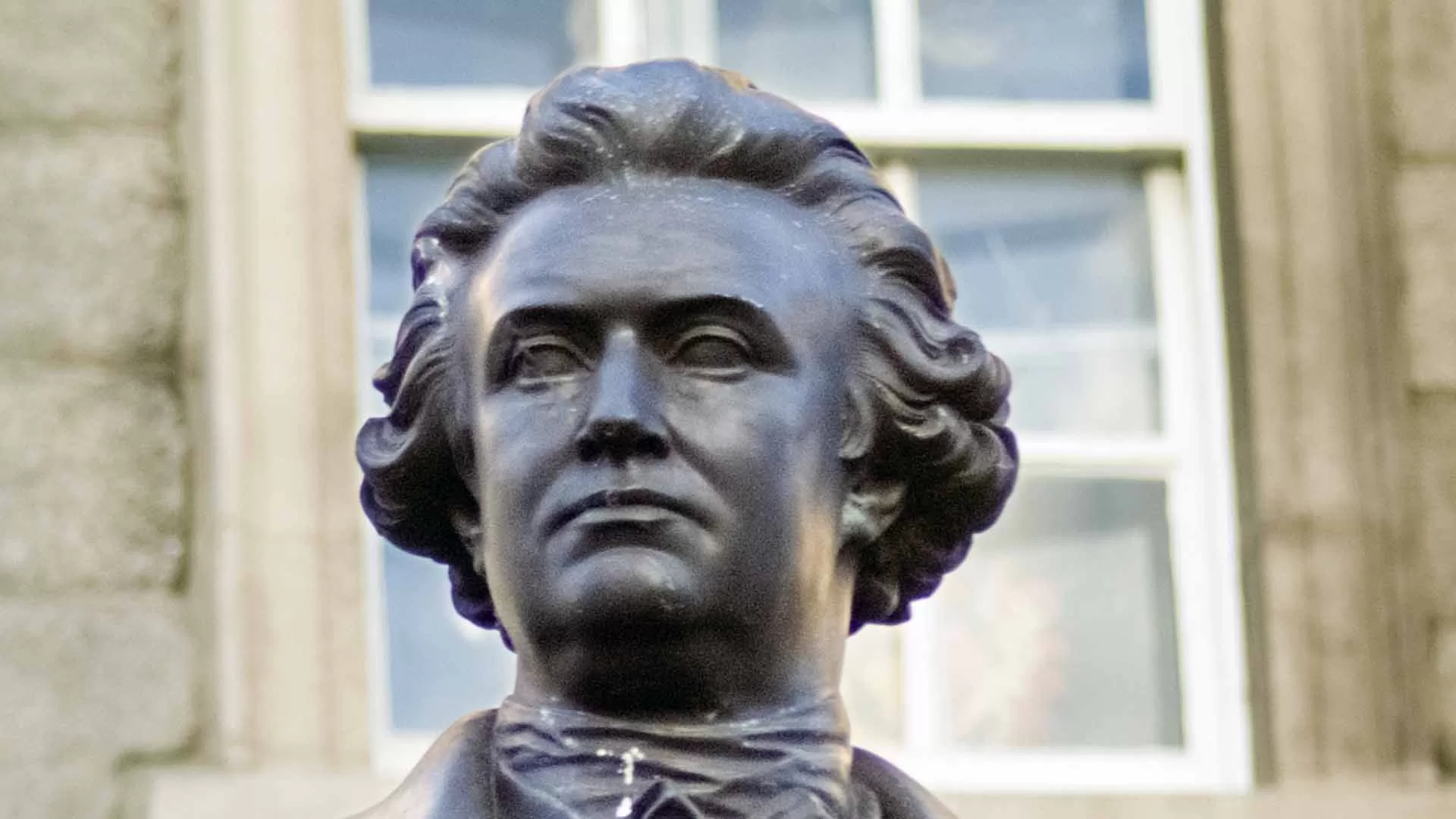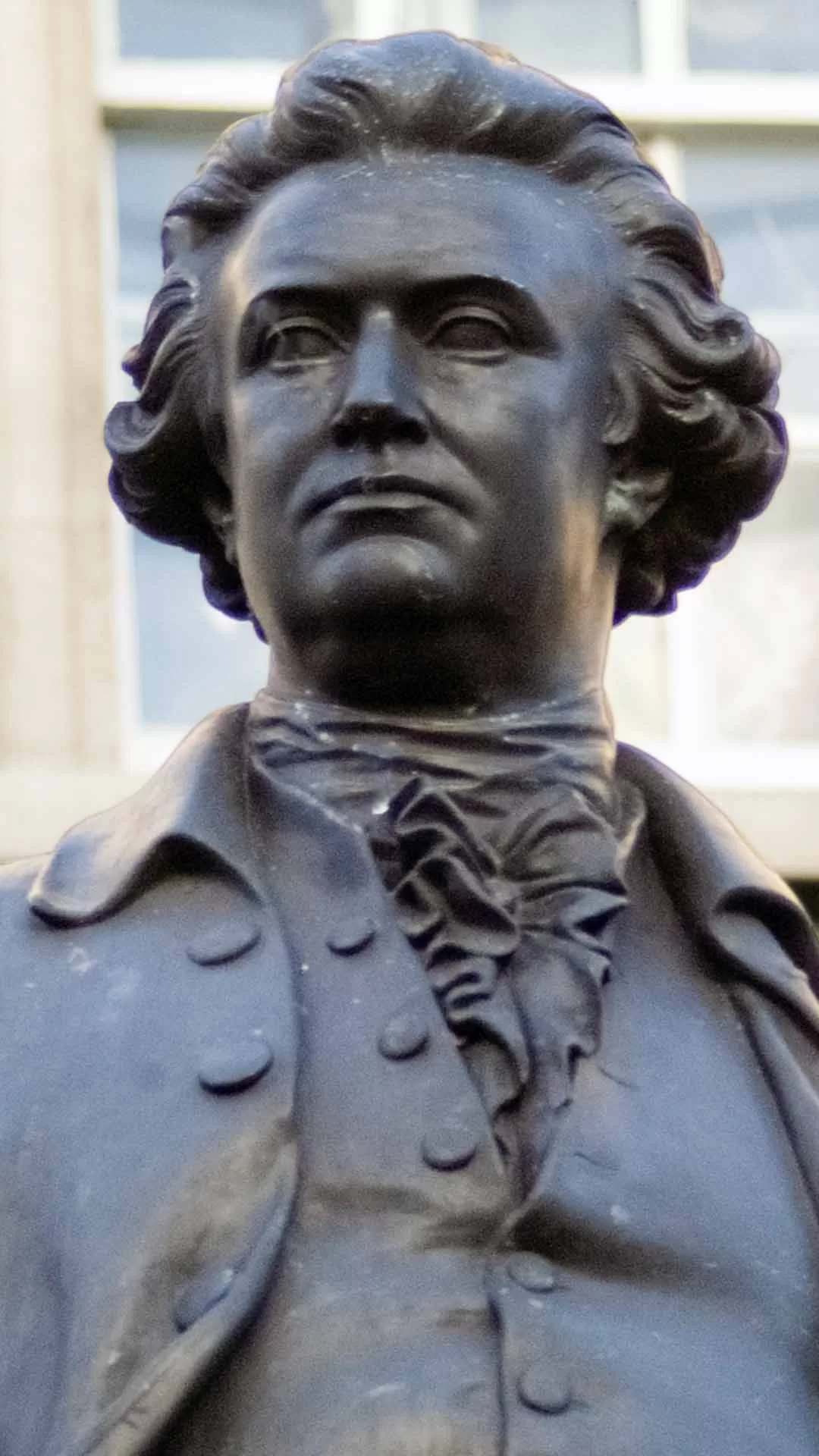James Joyce Statue
James Joyce Statue
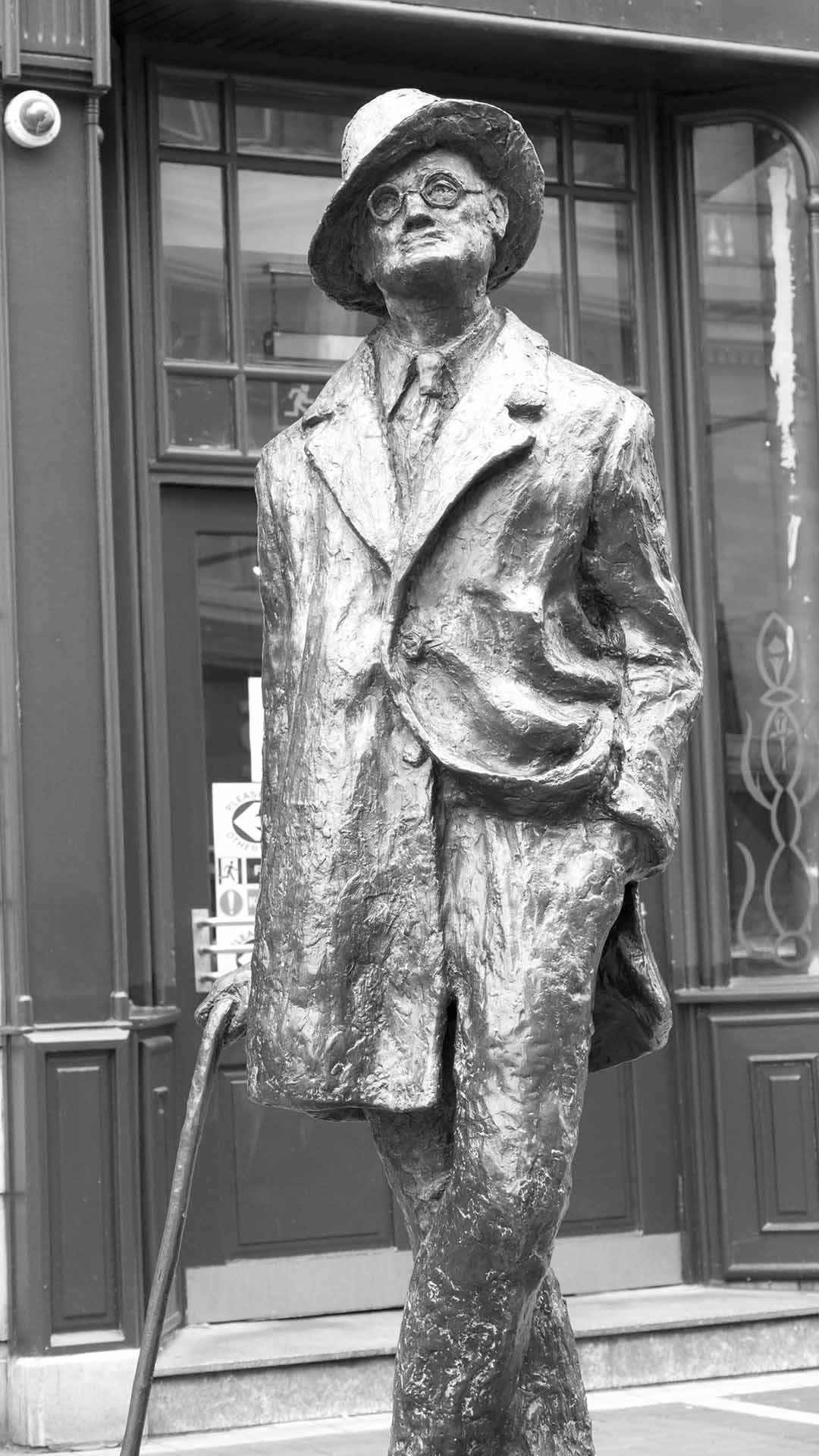
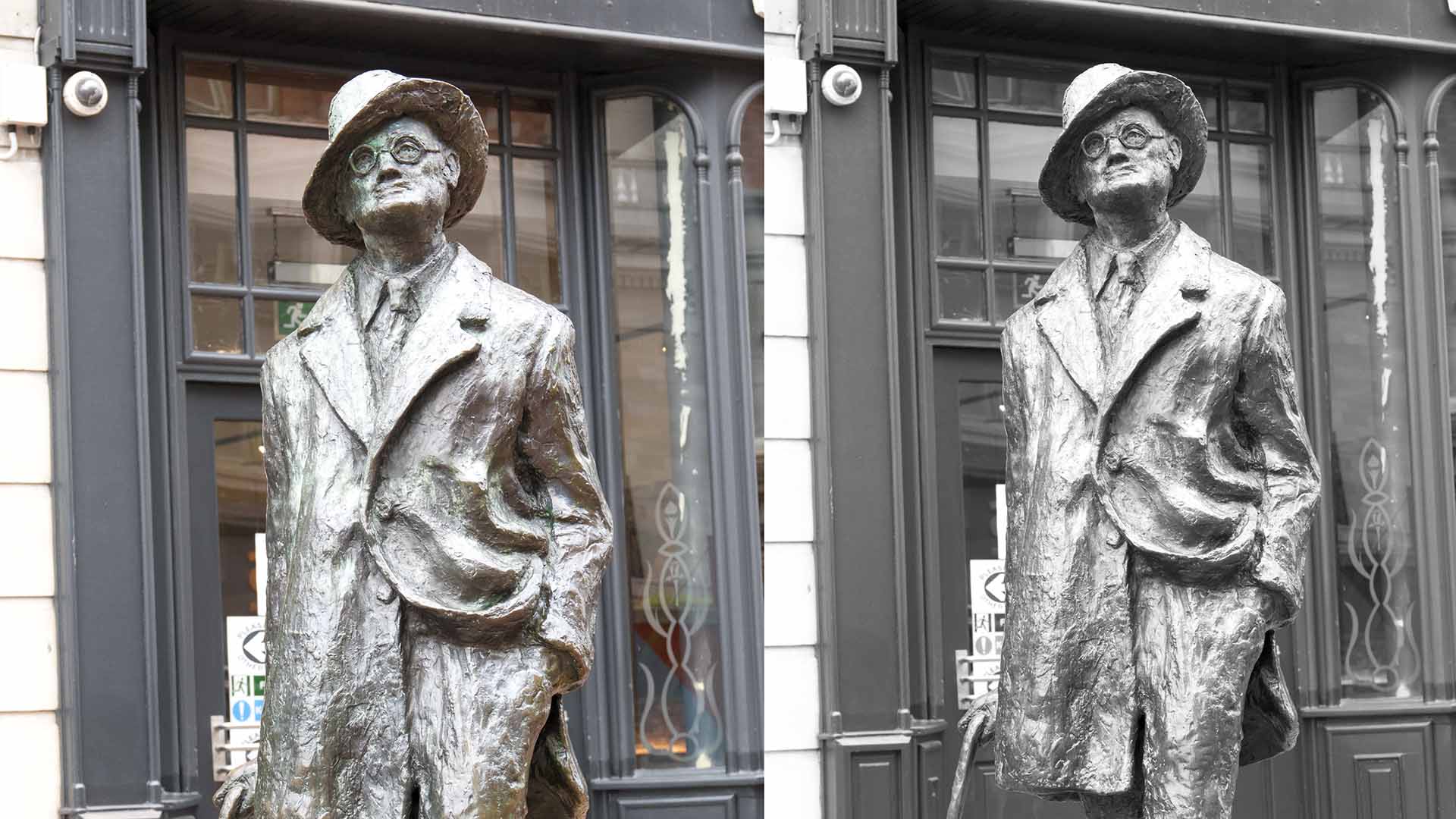
Made of bronze and is slightly larger than life unveiled on June 16, 1990 (Bloomsday)
James Joyce Statue, N Earl St, North City, Dublin 1, D01 K5W5
James Joyce Statue, N Earl St, North City, Dublin 1, D01 K5W5
Made of bronze and is slightly larger than life unveiled on June 16, 1990 (Bloomsday)
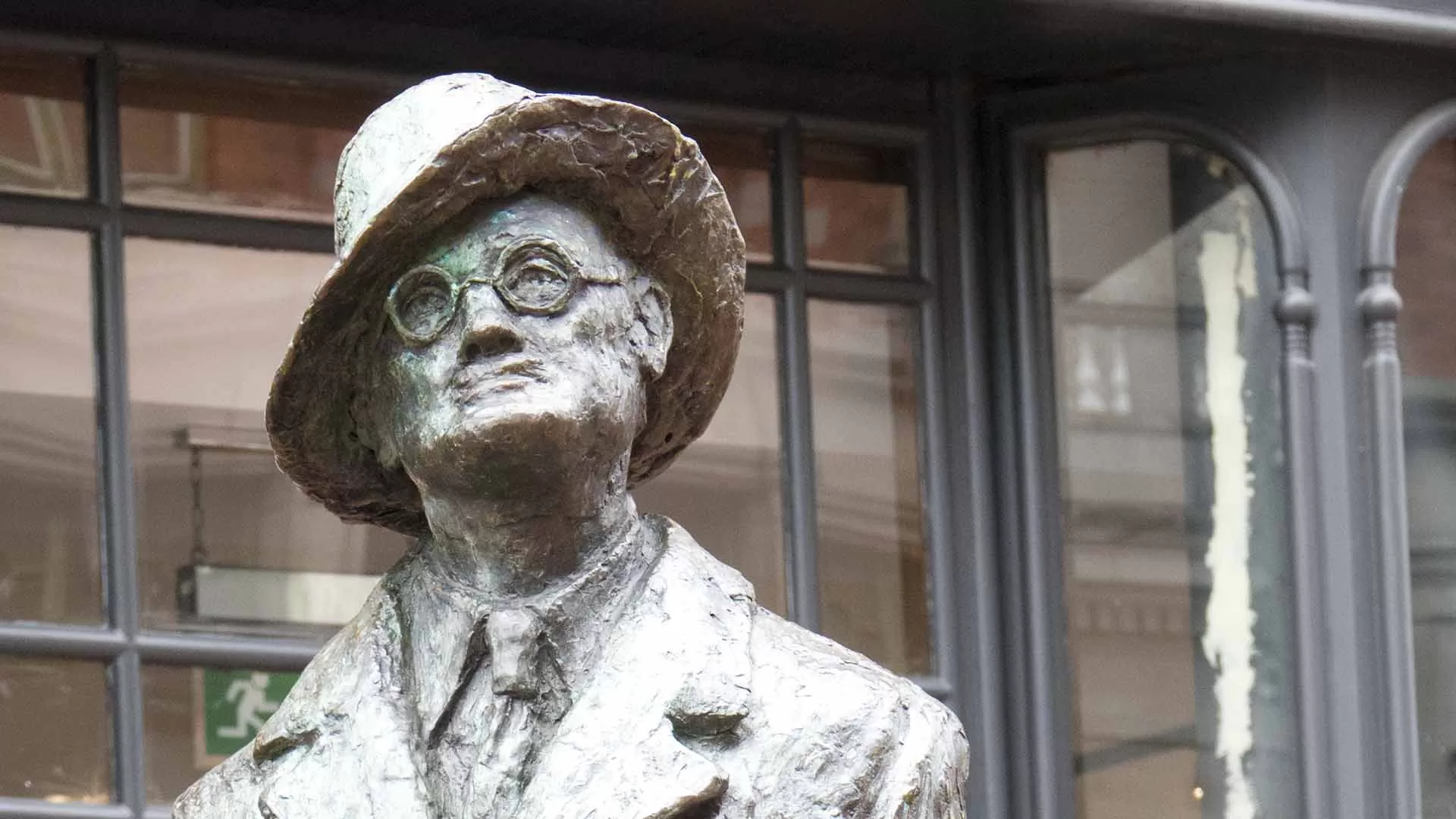
James Joyce (1882–1941) was an Irish modernist writer and one of the most influential figures in 20th-century literature. He is best known for his groundbreaking works that experimented with narrative techniques, language, and structure. Some of his most famous works include:
- Dubliners (1914): A collection of short stories that depicts the lives of ordinary Dubliners and offers a profound reflection on the human condition.
- A Portrait of the Artist as a Young Man (1916): A semi-autobiographical novel that follows the intellectual and emotional development of a young man named Stephen Dadalus.
- Ulysses (1922): Perhaps Joyce’s most celebrated work, “Ulysses” is a complex and intricate novel that takes place in a single day, June 16, 1904, and parallels the events in Homer’s “Odyssey.” It’s known for its stream-of-consciousness narrative style and linguistic innovations
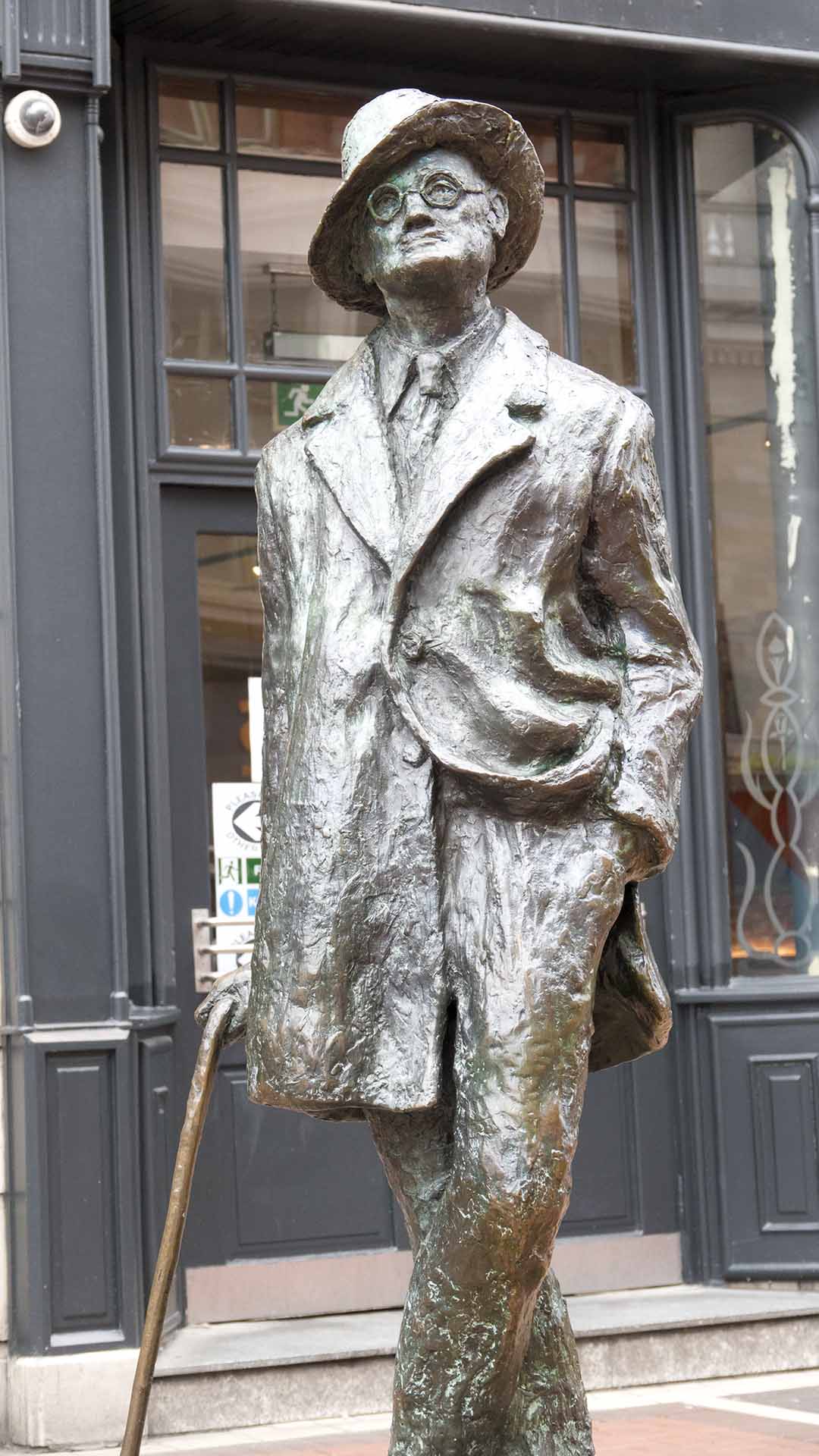
James Joyce (1882–1941) was an Irish modernist writer and one of the most influential figures in 20th-century literature. He is best known for his groundbreaking works that experimented with narrative techniques, language, and structure. Some of his most famous works include:
- Dubliners (1914): A collection of short stories that depicts the lives of ordinary Dubliners and offers a profound reflection on the human condition.
- A Portrait of the Artist as a Young Man (1916): A semi-autobiographical novel that follows the intellectual and emotional development of a young man named Stephen Dadalus.
- Ulysses (1922): Perhaps Joyce’s most celebrated work, “Ulysses” is a complex and intricate novel that takes place in a single day, June 16, 1904, and parallels the events in Homer’s “Odyssey.” It’s known for its stream-of-consciousness narrative style and linguistic innovations

- Finnegans Wake (1939): A highly experimental and challenging work that delves into the dreams and subconscious of its characters. It is known for its complex wordplay and multilingual puns.
Joyce’s writing style is characterised by his use of innovative narrative techniques, wordplay, and intricate structures. His works often explore themes such as the nature of identity, the relationship between language and reality, and the challenges of modern life.
Despite facing initial resistance and controversy, Joyce’s works have had a profound impact on literature, and he is widely regarded as one of the most important literary figures of the 20th century. His influence extends not only to literature but also to philosophy, linguistics, and various other fields
- Finnegans Wake (1939): A highly experimental and challenging work that delves into the dreams and subconscious of its characters. It is known for its complex wordplay and multilingual puns.
Joyce’s writing style is characterised by his use of innovative narrative techniques, wordplay, and intricate structures. His works often explore themes such as the nature of identity, the relationship between language and reality, and the challenges of modern life.
Despite facing initial resistance and controversy, Joyce’s works have had a profound impact on literature, and he is widely regarded as one of the most important literary figures of the 20th century. His influence extends not only to literature but also to philosophy, linguistics, and various other fields

Molly Malone Statue
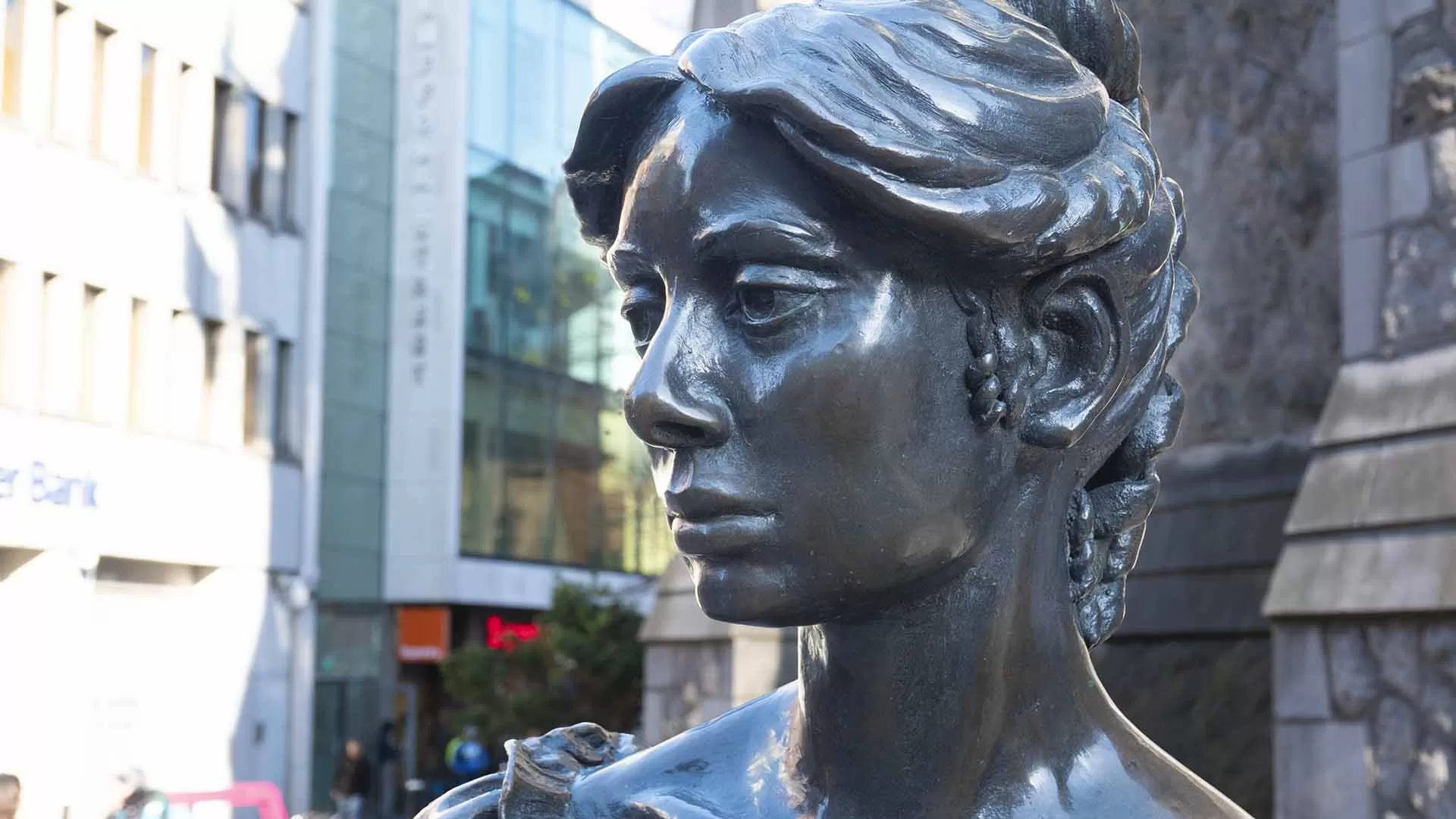
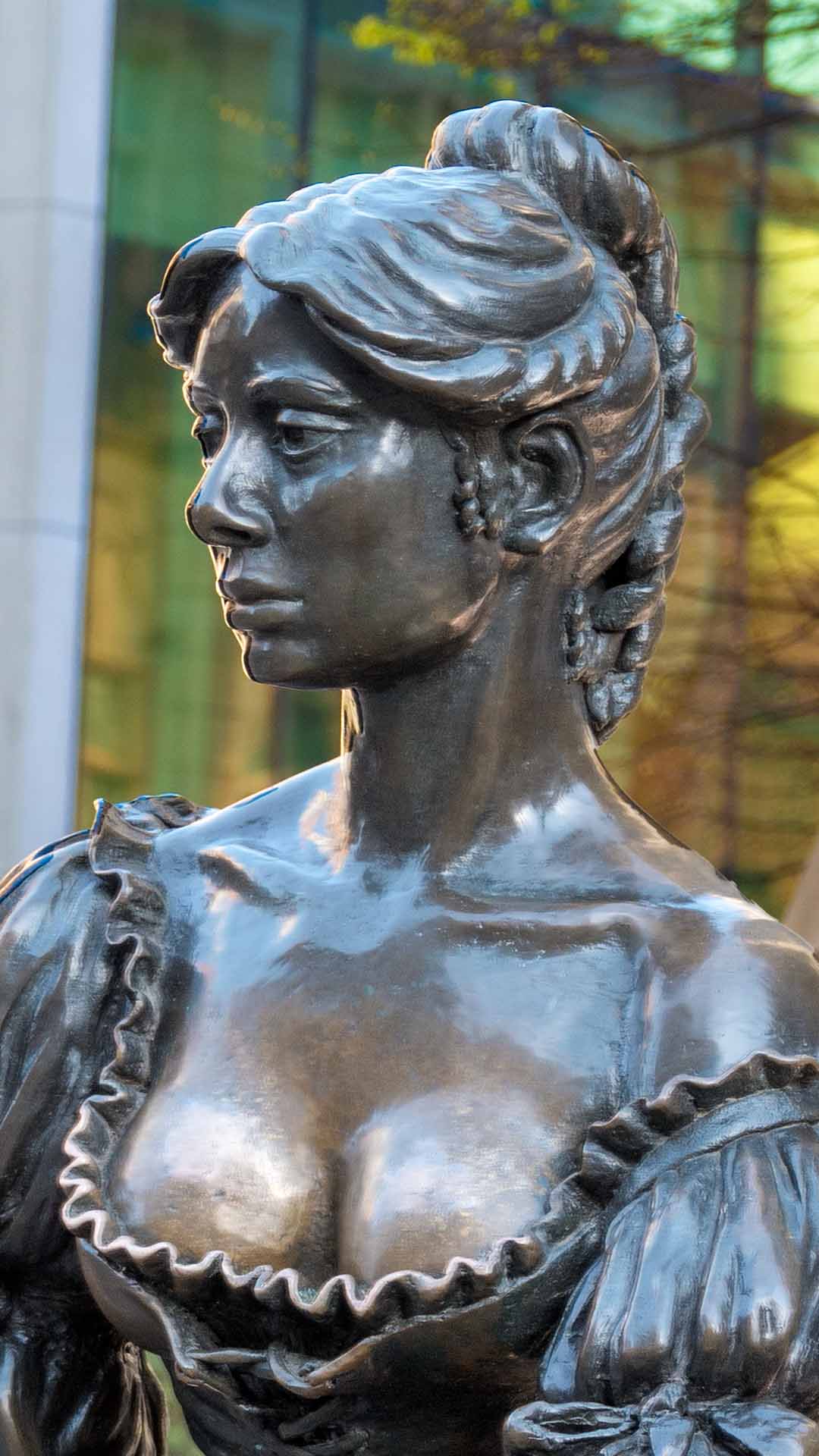

Phil Lynott Statue
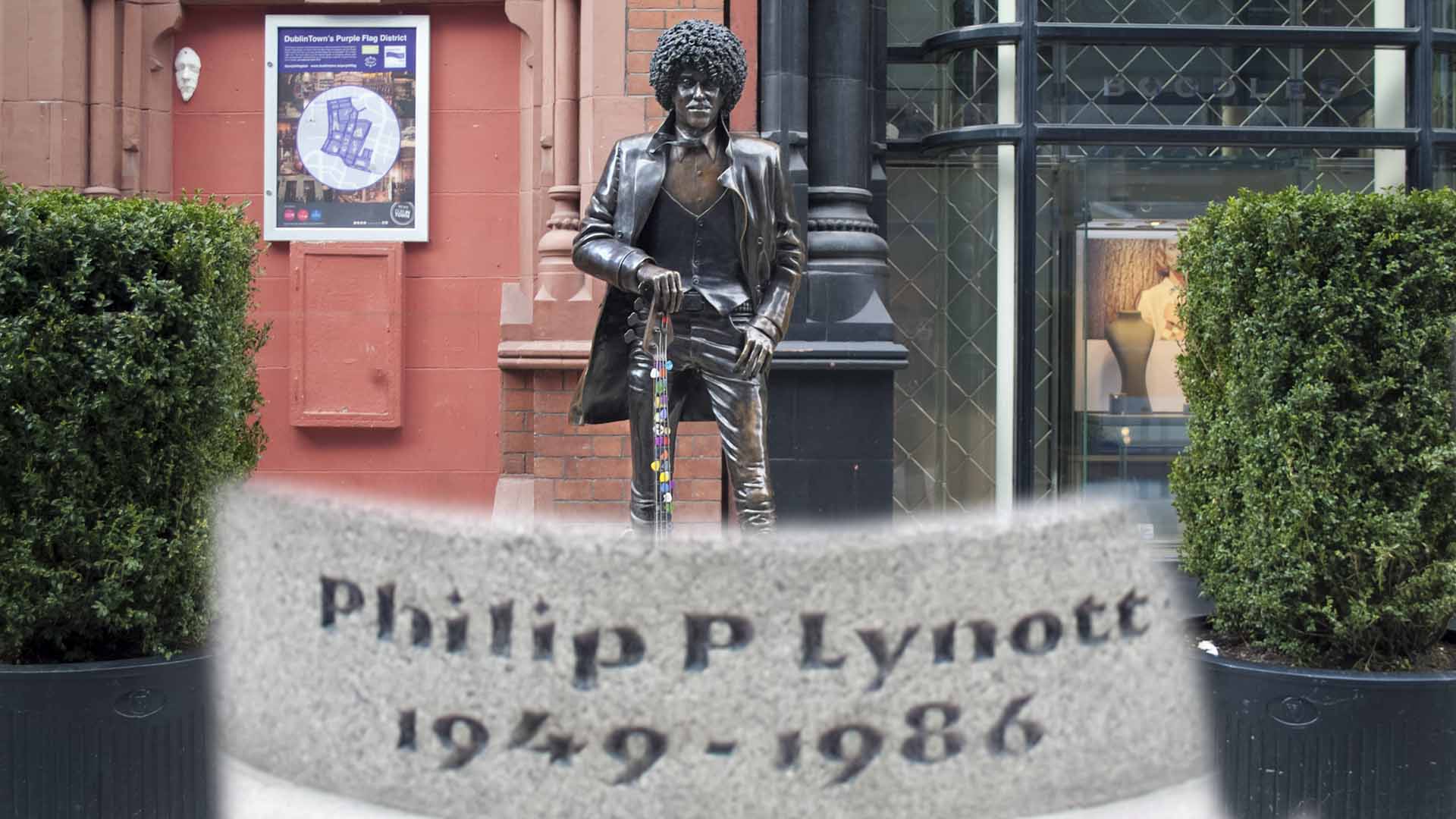
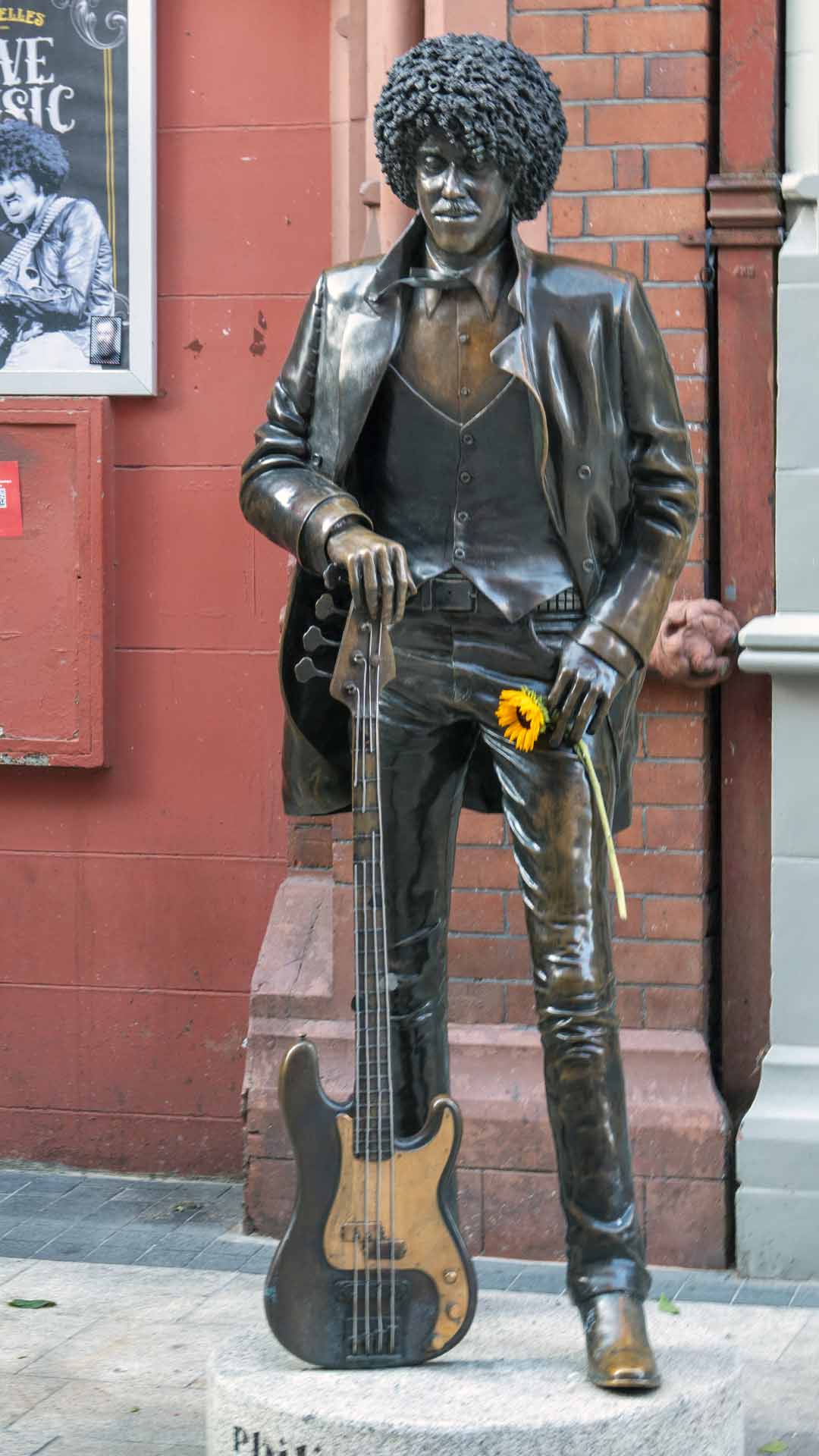

Luke Statue
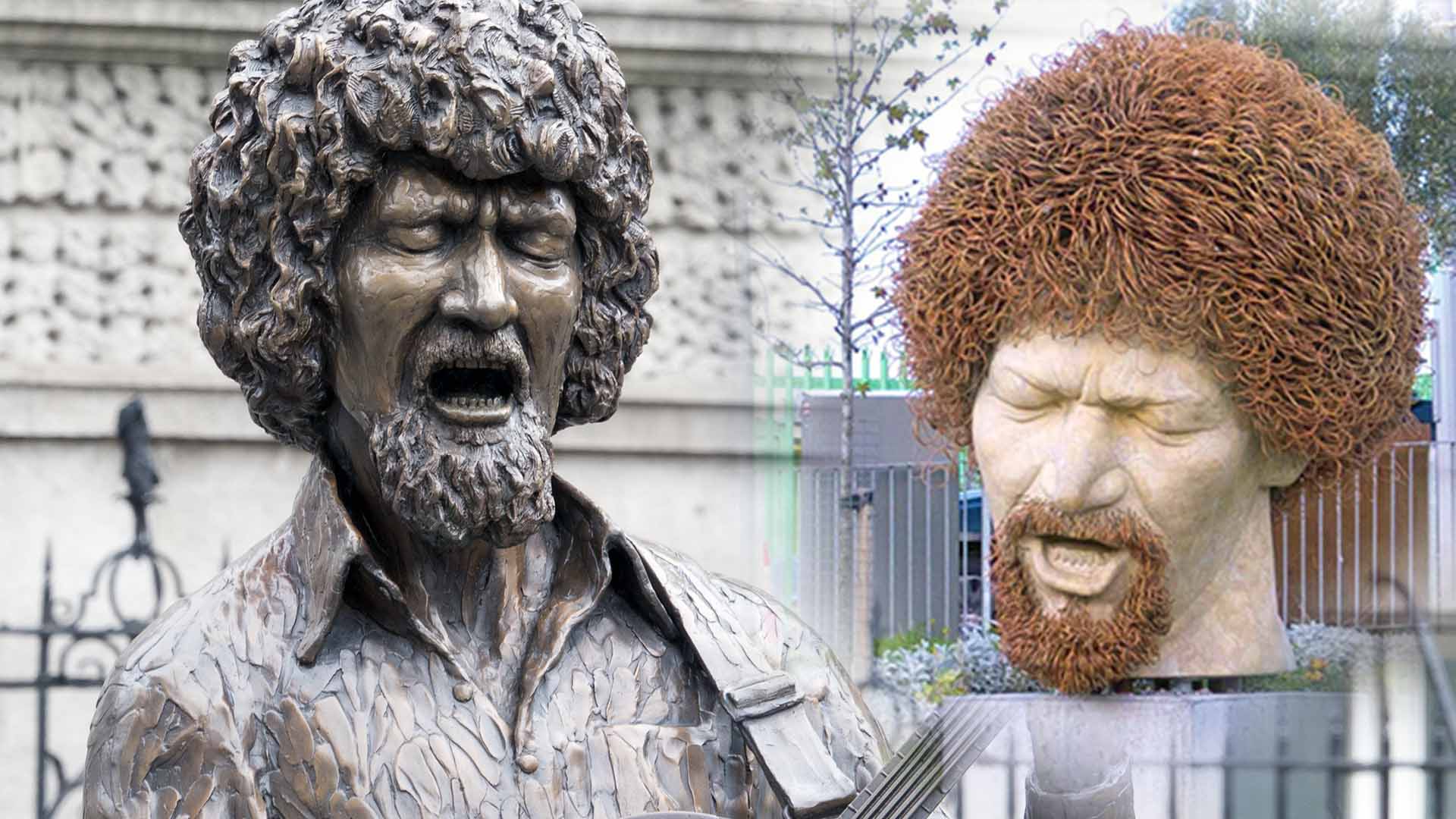

Edmund Burke Statue
